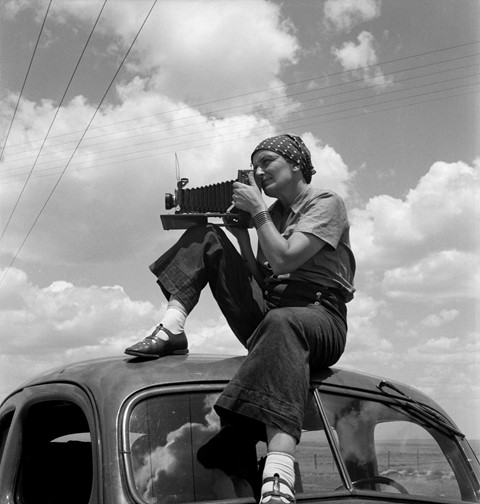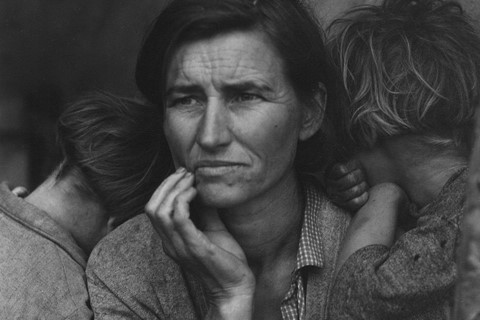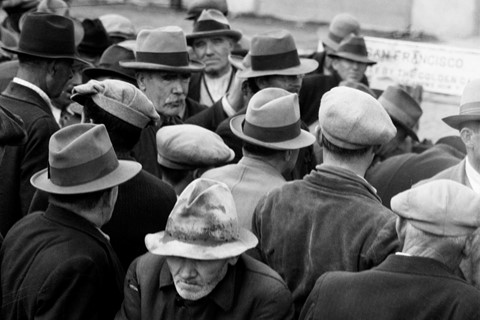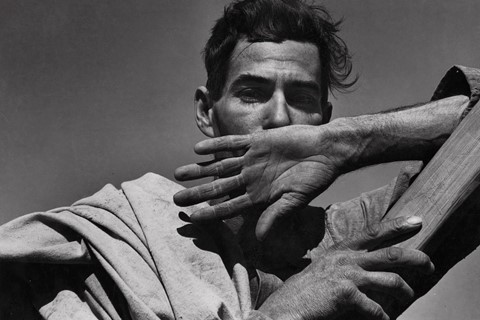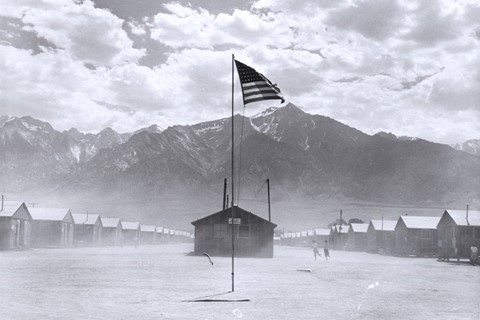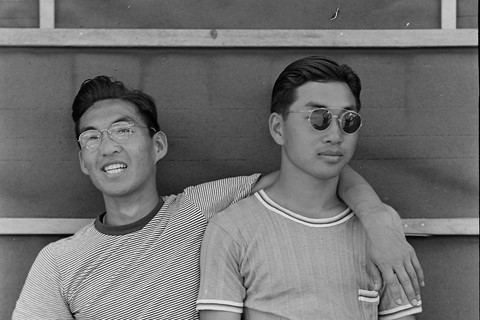As a retrospective of her work opens at the Barbican, we trace the impact of the socio-political photographer’s lens and explore how it remains prescient as ever
Who? It’s hard to imagine the landscape of modern documentary photography without the defiant, principled and tireless presence of Dorothea Lange. Born in New Jersey in 1895, Lange is today widely acknowledged as one of the most influential image-makers of her century, having relentlessly documented some of the most turbulent political and cultural times in American history: from the tired, hungry and desperate Dust Bowl refugees of the Great Depression, to the Japanese-American internees she felt were being unjustly incarcerated post-Pearl Harbor, through to the thousands of women who made up the workforce in the shipyards of Richmond during the Second World War.
A visual activist, proto-feminist, and early environmental campaigner, Lange triumphed over adversity in her young life after contracting polio at the age of seven – an illness that left her with a misshapen foot, causing her to walk with a limp for the rest of her life. This episode imbued in her a sense of empathy which she felt contributed to her ability to engage with her subjects. “Lange was a strong advocate for the power of photography to effect real change,” explains Alona Pardo, curator of the retrospective Dorothea Lange: The Politics of Seeing, newly opened at the Barbican. “She dedicated her life to telling the truthful stories of the communities she sought to represent and record.”
What? Despite Lange’s transformative role in the evolution of photojournalism, her lifelong work has been largely overshadowed by the iconic nature of her most famous image, The Migrant Mother. The 1936 photograph, depicting a California woman nurturing her three children, became one of the most easily recognisable visual symbols of the Great Depression. “That image is emblematic, but Lange’s contribution to the development of photography goes far beyond that,” Pardo continues. “This exhibition seeks to redress this imbalance, and position her as a founding figure of the documentary photographic practice.”
As a woman and a photographer, Lange found her voice in the 1930s through social documentary photography. Alongside her devoted husband, she used her lens to fight for equality irrespective of race or creed, and expose the injustices and prejudice inherent in the United States system. Going against the grain, while employed by the Farm Security Administration, the couple travelled through the Deep South, photographing African American sharecroppers in a bid to reveal how the social values espoused by the southern states of Mississippi, Tennessee, North and South Carolina were deeply racist.
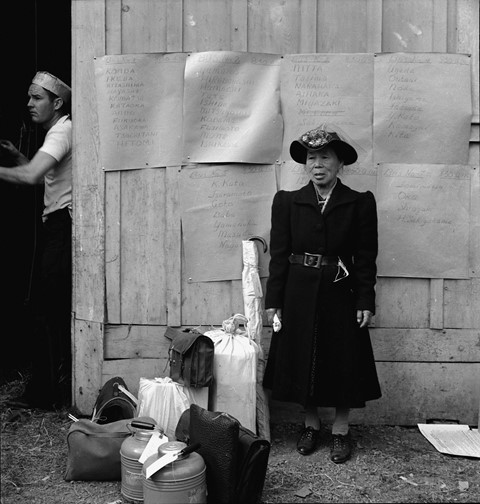
Why? While the world has changed dramatically over the past eight decades, much of what concerned Lange both photographically and socially continues to be relevant today, with the issues of poverty, forced migration, social disruption, ecological and environmental devastation, racism and women’s rights being as timely and pressing as ever. “Given the unstable political and social times we are living in – with totalitarian and authoritarian paternalistic regimes on the rise and a growing nationalism on the up in Europe and beyond – it seems incredibly important to look back into history and understand how its documentation can reflect and effect change,” Pardo concludes. “The news of the forced separation of families on the US-Mexico border, for example, recall the photographs Lange took of the internment of American citizens of Japanese ancestry where American citizens and children were forcibly removed from their homes and families due to unfounded racial hysteria.” A powerful reminder of the fundamental synergy between seemingly different historical eras, Lange’s imagery honestly – and often uncomfortably – mirrors the darker aspects of human history, creating a space for us to be fully confronted with the social realities we have constructed.
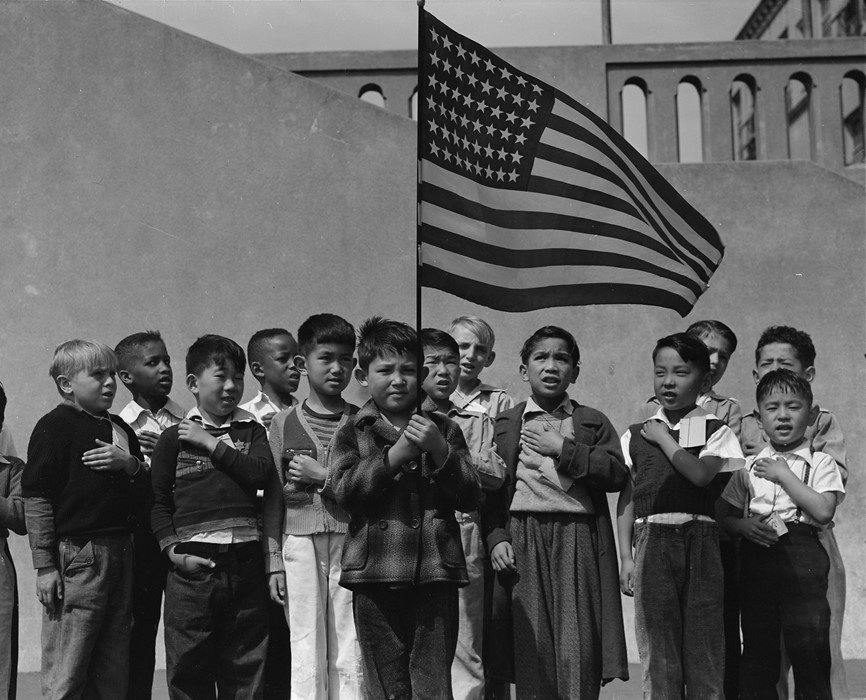
Dorothea Lange: Politics of Seeing is on at the Barbican Art Gallery is on until September 2, 2018.
